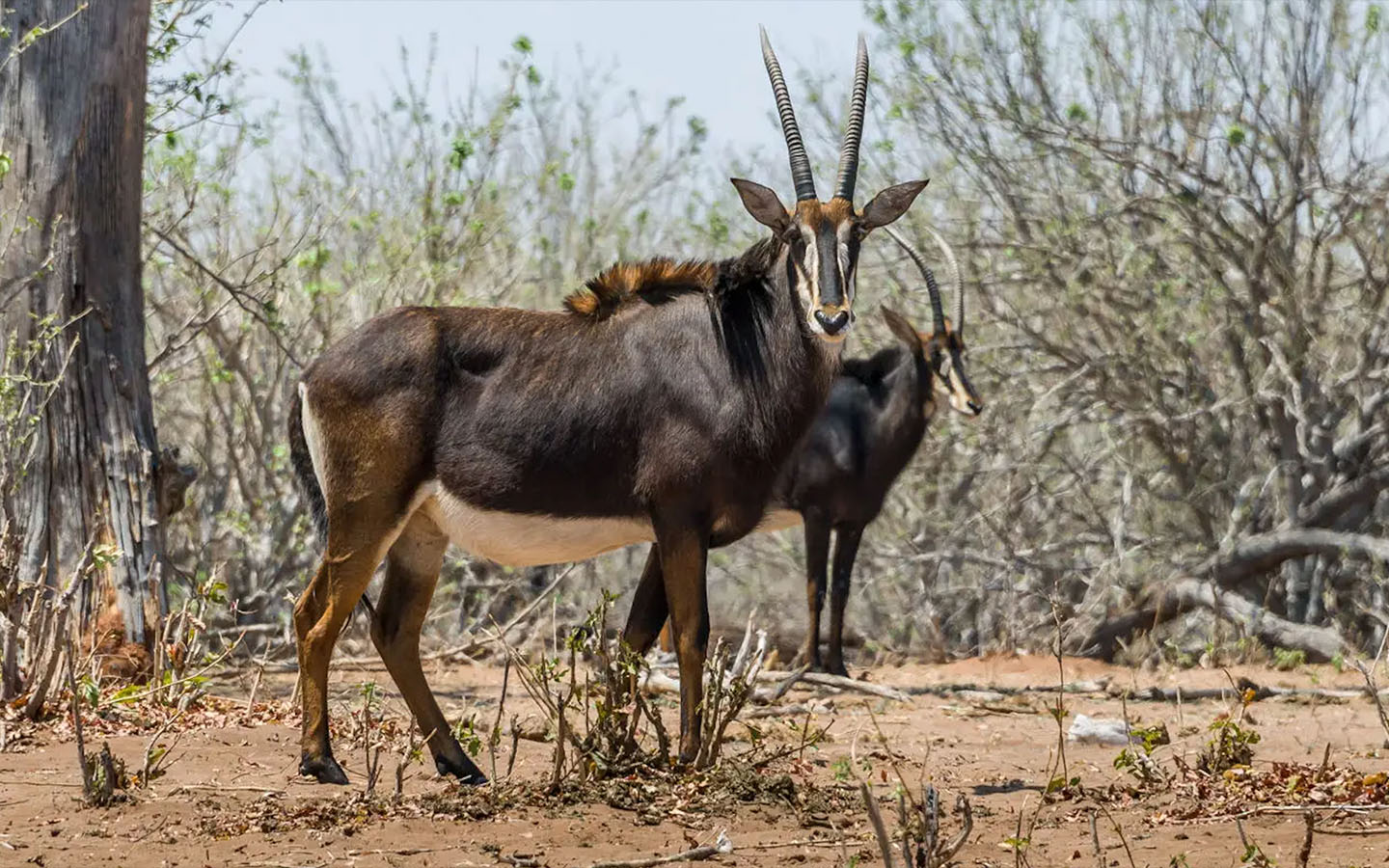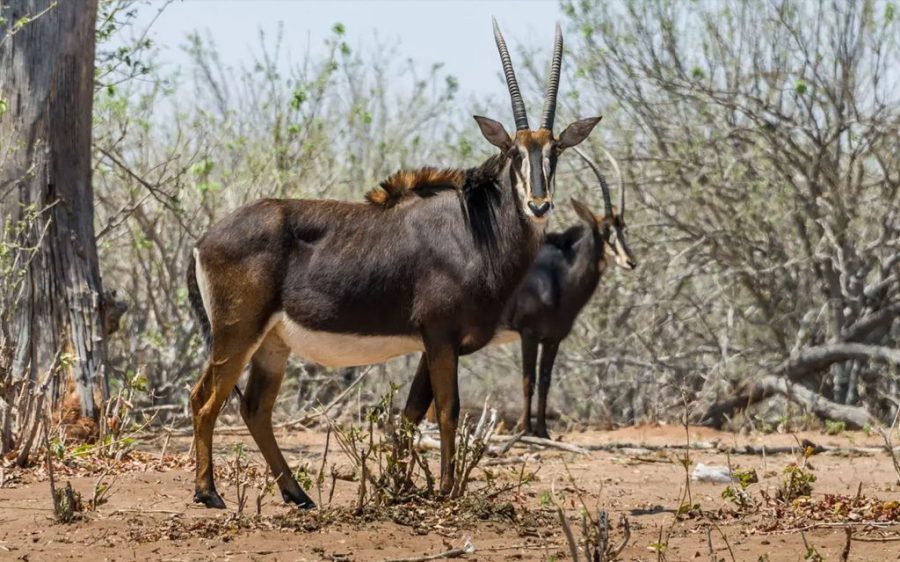Angolan President João Lourenço has called on international partners to help his country curb the loss of critical biodiversity, reports digital Portuguese newspaper Observador.
Lourenço told last week’s International Conference on Biodiversity and Conservation Areas in Luanda that deforestation, fires, poaching, human-animal conflict and climate change pose the biggest challenge to preserving Angola’s natural heritage.
International aid has been crucial to the government’s efforts to improve conservation and to the process of animal repopulation, with the reintroduction of giraffes to the Quiçama and Iona national parks. A survey of fauna in national parks has been conducted, conservation areas have been mapped and the number of inspectors has been boosted
“The conservation and protection of biodiversity is a global imperative for the health of our planet,” Lourenço emphasised. “Each country has a duty to contribute, but it is equally important that efforts are coordinated and that developing countries receive technical and financial support to face the challenges that threaten our natural heritage.”
[See more: A new rainforest gains prominence in the fight against climate change]
Biodiversity in Angola is particularly critical as the country encompasses unique ecosystems and plays a strategic role in the migratory routes of important species, including African elephants and various aquatic birds. Angola intends to expand its conservation areas from 13 percent to 16 percent of the country, with proposed new areas including the country’s tallest mountain, Morro do Moco (Huambo), the escarpment forest of Kumbira (Kwanza Sul) and the heavily forested Serra do Pingano (Uige).
Currently, Angola is home to 14 terrestrial conservation areas – nine national parks, one regional park, two full nature reserves and two partial reserves – and plans to designate its first marine conservation area on the coast of Namibe Province, as well as the first biosphere reserve, connecting Kissama National Park to the Atlantic coast.
Angola has also taken steps to have at least 10 wetlands designated as Ramsar Sites of International Importance. Under the Ramsar Convention, which takes its name from the Iranian city where it was signed in 1971, conservation of designated sites focuses on maintaining ecosystems and relevant processes, while also allowing for sustainable use.
Angolan lawmakers approved ratification of the Ramsar Convention in 2016, nominating 11 candidate sites across eight provinces, but the country did not become a party to the convention until 2021, at which point it proposed 10 wetland sites.






